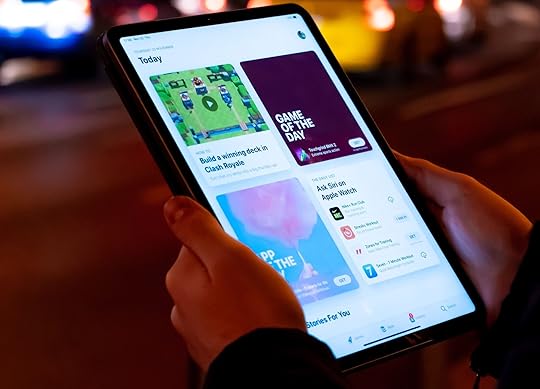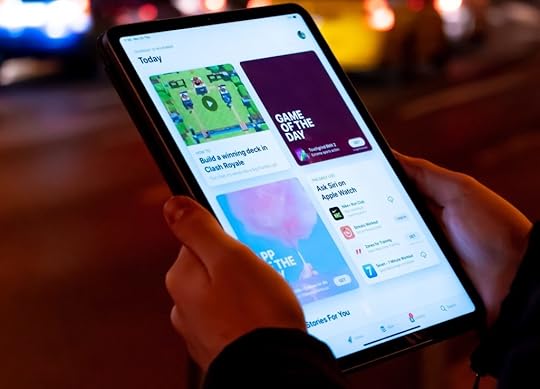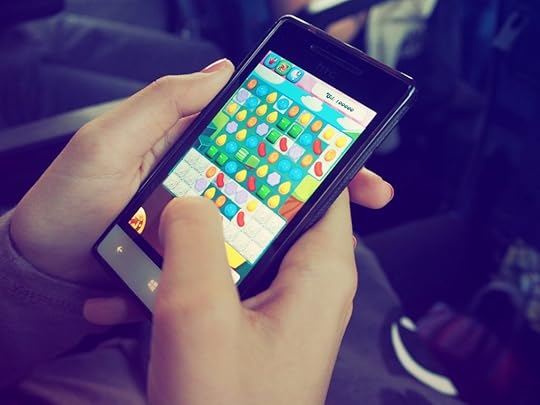Mobile Game Ads Attract, but Are More Likely to Cause Ad Fatigue
 January 21, 2019
January 21, 2019Anne Felicitas, editor at AdvertiseMint, Facebook ads agency
 
Daniel Korpai / Tech Crunch
A nerd raised on outdoor activities, books, and moderate TV viewing, I never would have expected to become an avid gamer, especially since video games, which don’t appeal to me, were never part of my upbringing—yet, here I am.
My vice? Cookie Crush, a mobile app game I play through Facebook Messenger. Donuts, cookies, and jellies fill the screen, and I’m tasked with clearing the board by combining sequences of the same dessert. I play the game more often than I should—late night on my bed, while waiting for my takeout at a restaurant, and even during work hours.
It turns out, I’m not the only one hooked on mobile app games. According to Emarketer, mobile gamers like me make up 88 percent of digital gamers, spanning all ages. Because mobile game apps are easy yet entertaining, they appeal to both novices (even those who have never touched a controller) and hardcore video gamers. By the end of this year, Emarketer expects US mobile gamers to reach 147 million.

The popularity of mobile games brings ad opportunities to digital advertisers, who can deliver ads to a large audience open to sponsored messages. As Emarketer reported, a 2018 Jun Group survey of 500 US mobile users revealed that 49 percent of participants believed mobile games to have the best ad experiences. Although the study didn’t indicate the reason, it’s not hard to imagine why gamers enjoy the ads: rewards.
Unlike social feed ads, mobile game ads often incentivize users into watching ads, often in their entirety. In exchange for attention, gamers can win gifts such as coins, lives, and access to higher levels. The incentive works. According to a Facebook study, three in four mobile gamers welcome ads in exchange for free access and gifts. Watching one ad after another to earn coins and to access free content is a much better option than shelling out real money.

Yet, incentivizing gamers into watching an ad has one big drawback. There isn’t a large variety of ads served to app games. In fact, when I play games through Messenger, I see ads from only a handful of advertisers, and the ads I watch are usually the same. As my game falls into ad break after ad break after ad break, which happens after completing a level, I often see the same ads over and over again, until I experience ad fatigue so extreme I hide the ads for being “repetitive,” hurting the advertisers’ relevance score.
Because there is fewer competition for ad space on mobile app games, one user can see the same ad more than ten times in one day—that’s more than double the recommended frequency rate of four. With mobile game ads, refreshing your ads every two weeks no longer suffices.
Of course, refreshing ads once a week or less is tedious work, but refreshing ads doesn’t necessarily mean crafting new creatives from scratch. Refreshing ads can be as easy as segmenting a long ad into several shorter ads, for example, turning one 15-second video to 12 three-minute videos.
Users may prefer in-app game ads over regular social media ads, but they won’t like it as much if they see the same ad too often in a day. Refreshing ads once a week—or less—may just be enough to combat ad fatigue.
By Anne Felicitas , editor at AdvertiseMint, Facebook ads company
The post Mobile Game Ads Attract, but Are More Likely to Cause Ad Fatigue appeared first on AdvertiseMint.



